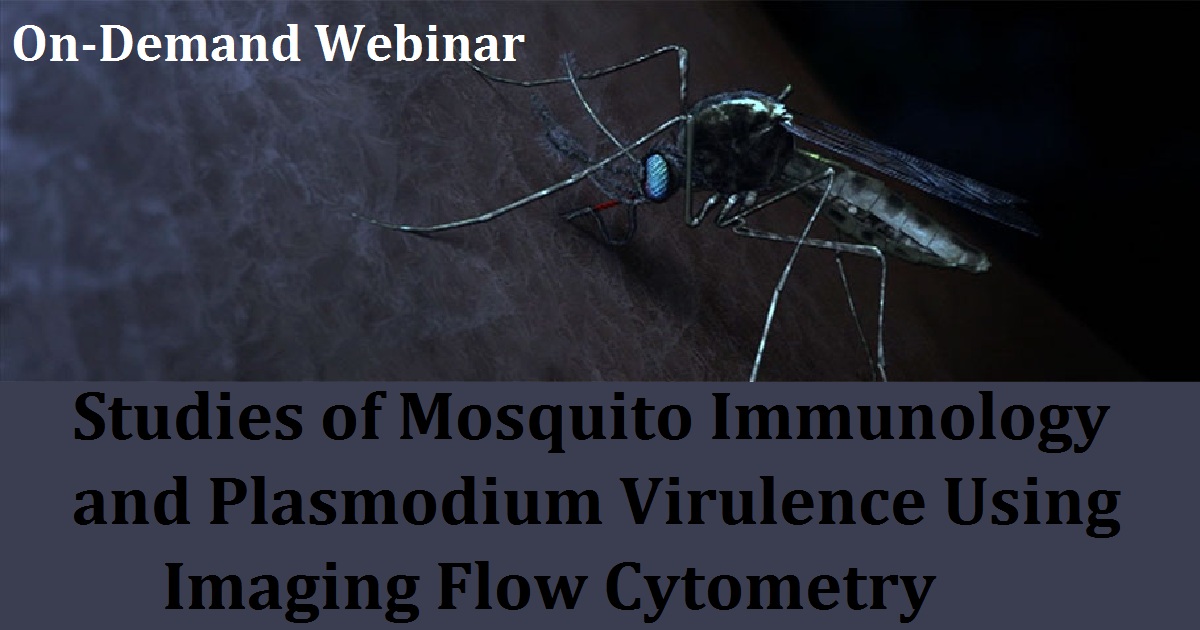
The practice of medicine is changing rapidly to include the introduction of automated and algorithmic solutions to clinical and operational challenges.
Watch Now

Artificial intelligence (AI) - “getting computers to do things that normally require a human mind” - is routinely being put to good use when making pharma clinical development decisions.
Watch Now

Millipore Sigma
The classification of mosquito blood cells is controversial, complicated by the small size and number of cells one can obtain per mosquito, by the autofluorescent debris found in hemolymph, and the tendency of phagocytes to take up this autofluorescent debris. Much of the classification has been performed morphologically on cytospins of isolated cells. Imaging flow cytometry yields simultaneously acquired bright field, scatter, and fluorescent images of cells in suspension, enabling better resolution of rare cells from debris.
Watch Now

Quanticate
There are approximately 7,000 distinct rare diseases affecting 350 million people worldwide, approximately 80 percent of which are caused by faulty genes. Scientific advances such as the CRISPR/Cas9 genome-engineering system have simplified the pharmaceutical and biotech industry’s ability to develop gene therapies, especially for single gene mutation disorders. The US Food and Drug Administration (FDA) has more than 700 active Investigational New Drug Applications (INDs) for gene and cell therapies and in 2017, the FDA approved two cell-based gene therapies and it is anticipated that gene therapy will become a mainstay treatment for many rare diseases.
Watch Now